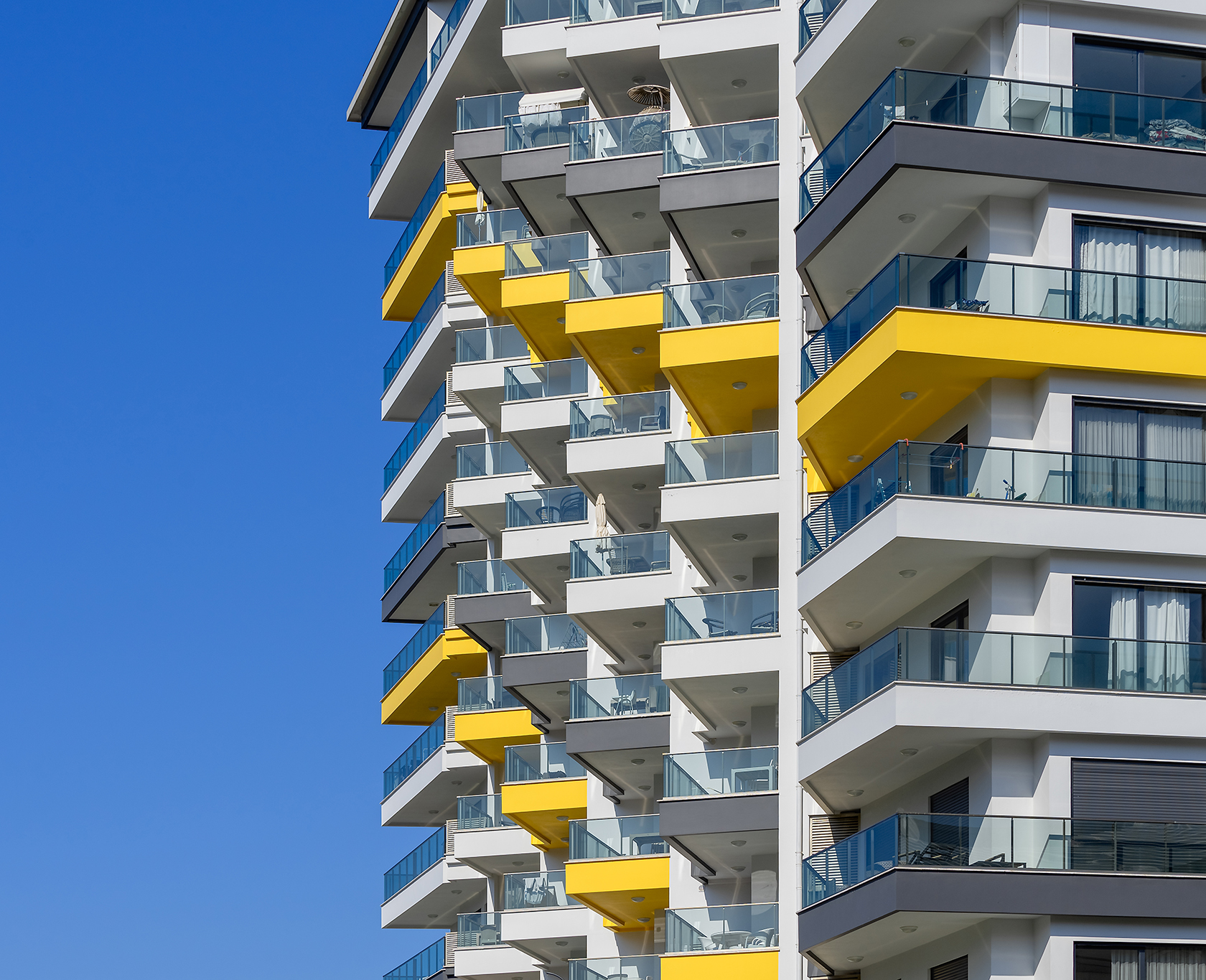Comprehending the Function of Condo HOA in Community Administration
Comprehending the Function of Condo HOA in Community Administration
Blog Article
Just How Condo HOA Controls Shared Rooms and Improves Neighborhood Harmony
The governance of shared areas within a condo association plays a crucial function in fostering area communication and keeping building values. Via the establishment of comprehensive standards, the Condominium HOA not only controls the usage of communal amenities but additionally advertises a society of respect and accountability amongst homeowners.
Duty of the HOA
The house owners association (HOA) serves as the regulating body for condominium areas, playing an essential role in maintaining the home and promoting a natural living setting. It is in charge of applying and passing area guidelines and laws, which are created to maintain the visual worth and performance of the common area. This governance guarantees that all homeowners comply with a standard set of expectations, promoting a sense of unity amongst varied property owners.
Additionally, the HOA takes care of the economic aspects of the area, including budgeting, accumulating dues, and keeping common locations. This monetary oversight is important in making certain that essential upkeep and renovations are executed without delay, boosting property values in time. The HOA additionally acts as a liaison between homeowners and external entities, such as city government and service carriers, dealing with common problems efficiently.
Moreover, the HOA typically organizes neighborhood events and programs, motivating neighborly interactions and constructing connections among locals. By promoting open interaction and dealing with grievances, the HOA contributes to an unified living setting. Thus, its multifaceted role is important in making sure the smooth procedure and total fulfillment within condo communities.
Guidelines for Shared Spaces
Efficient governance in condo communities requires clear guidelines for shared areas, which are essential for preserving order and advertising a feeling of community among homeowners. These rules act as standards that make certain everybody can appreciate common locations, such as pools, gardens, and entertainment centers, without problem.

In addition, cleanliness and maintenance criteria are crucial, frequently specifying that citizens have to tidy up after themselves and report any type of problems to the homeowners' organization. By clearly connecting these expectations, the HOA can decrease misconceptions and encourage regard among residents.
Ultimately, distinct regulations for shared areas add to the overall lifestyle in a condominium community, permitting locals to exist side-by-side quietly while taking pleasure in the features that improve their living experience. condo hoa.
Importance of Neighborhood Guidelines
Neighborhood guidelines play a significant duty in cultivating a natural and respectful atmosphere within condominium organizations. These standards establish clear expectations for homeowners, promoting a feeling of accountability and shared responsibility. By marking appropriate behaviors and methods, community guidelines help prevent misconceptions and conflicts among citizens.
Additionally, these guidelines act as a structure for maintaining the visual and practical stability of shared spaces. They ensure that all homeowners stick to criteria pertaining to residential property maintenance, sound degrees, and use of communal facilities. This uniformity not just improves the visual allure of the area yet additionally adds helpful hints to total building values, profiting all home owners.

Problem Resolution Methods
Navigating disputes within a condominium organization requires a structured technique to make certain reliable and reasonable resolution. Reliable problem resolution strategies frequently begin with open interaction, encouraging homeowners to voice concerns in a considerate way. Developing a designated network for grievances, such as a tip box or an online forum, can facilitate this procedure.
Mediation is one more vital strategy, where a neutral third event aids disputing locals reach an equally reasonable option. This approach cultivates collaboration and understanding, decreasing hostility - condo hoa. The HOA board need to likewise create clear treatments for dealing with issues, making sure all events understand the steps entailed
Regular dispute resolution training for board participants can boost their capability to manage disagreements successfully. Using a distinct structure, such as the "Interest-Based Relational Approach," aids focus conversations on passions as opposed to positions, advertising a solutions-oriented attitude.
Benefits of Community Consistency
Cultivating community consistency within a condo organization brings many advantages that enhance the total living experience for citizens. A harmonious neighborhood urges cooperation and cooperation among neighbors, causing an extra jovial environment. When locals really feel linked and recognized, they are most likely to take part in public activities and take part in decision-making processes, causing a more powerful sense of her response belonging.
Furthermore, neighborhood harmony considerably lowers conflicts and misunderstandings, which can otherwise interfere with every day life. A peaceful atmosphere decreases anxiety and promotes psychological wellness, enabling locals to enjoy their homes totally. In addition, unified connections frequently equate right into raised property worths, as prospective purchasers are attracted to neighborhoods identified by security and participation.

Conclusion
In summary, the role of the Apartment HOA is pivotal in controling common rooms and cultivating area harmony. condo hoa. Through the facility of clear regulations and neighborhood guidelines, residents are motivated to preserve a liable and respectful environment. Reliable problem Click This Link resolution techniques even more improve communication and partnership amongst homeowners. Inevitably, the initiatives of the HOA add to a natural community, promoting both building worths and total resident satisfaction. The positive impact of these efforts is crucial for sustained public well-being.
In Addition, the HOA commonly arranges neighborhood occasions and programs, motivating neighborly communications and developing connections amongst residents. By marking appropriate habits and methods, neighborhood standards aid prevent misconceptions and disputes among residents.
Additionally, community standards facilitate efficient communication among residents and the Homeowners Organization (HOA) Via the establishment of clear rules and neighborhood guidelines, homeowners are encouraged to preserve a considerate and liable atmosphere. Ultimately, the initiatives of the HOA add to a cohesive community, advertising both residential property worths and overall resident complete satisfaction.
Report this page